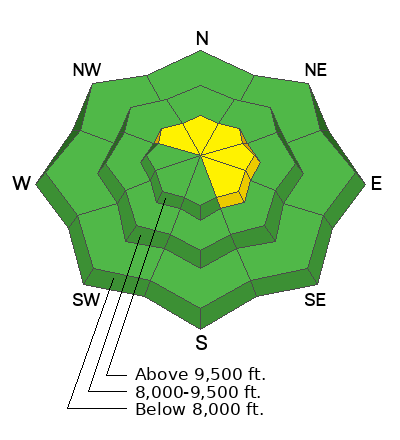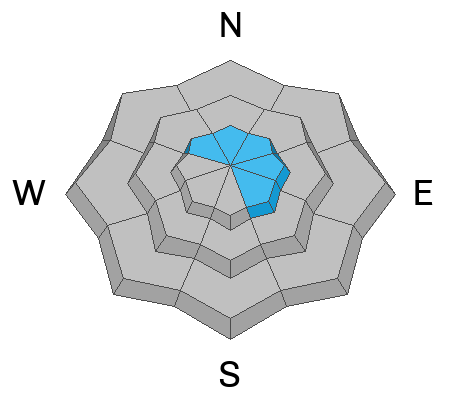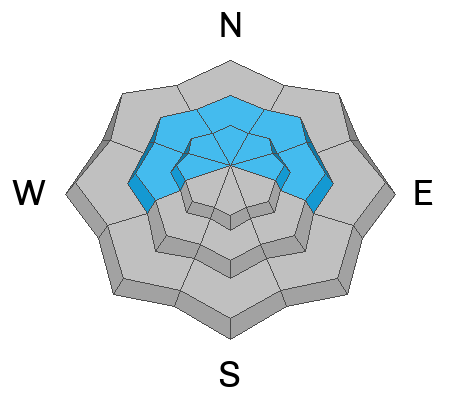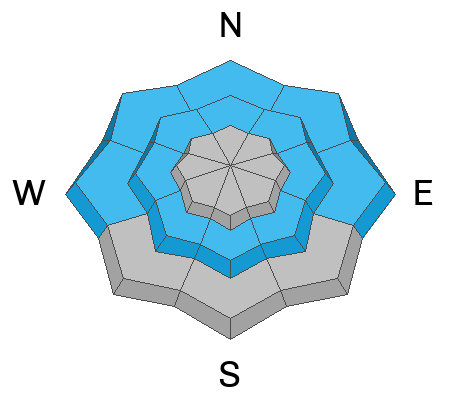Overnight, 2 to 4 inches of snow with 0.2 to 0.5 inches of snow water equivalent, with the rain-snow line between 8000 and 8500 feet. Winds were blowing out of the West 15-25 mph with gusts into the 30s & 40s at Arrowhead and along the Cascade ridge.
For today, skies will be mostly cloudy with occasional snow showers. We could see an additional 1 to 2 inches before sunset. Temperatures remain on the warm side with freezing levels hovering around 9000 feet, but will feel cooler with cloud cover and a light breeze. Winds are easing and should continue that trend before bumping up during the early evening hours.
Looking ahead, the weather looks to remain active with another warm storm moving through tomorrow into Tuesday.
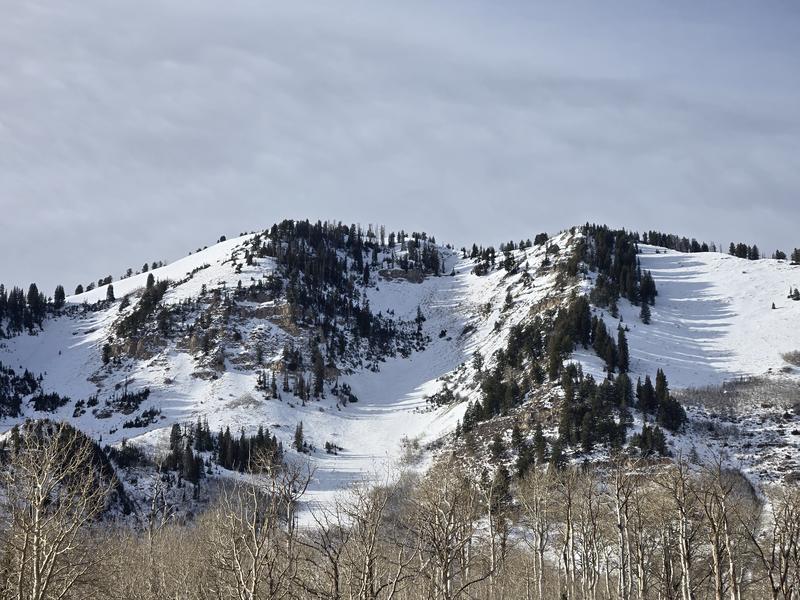
Pro Observer, Erik Fullmer was out near Timpanogos looking at conditions prior to the storm. You can view his excellent observation here.
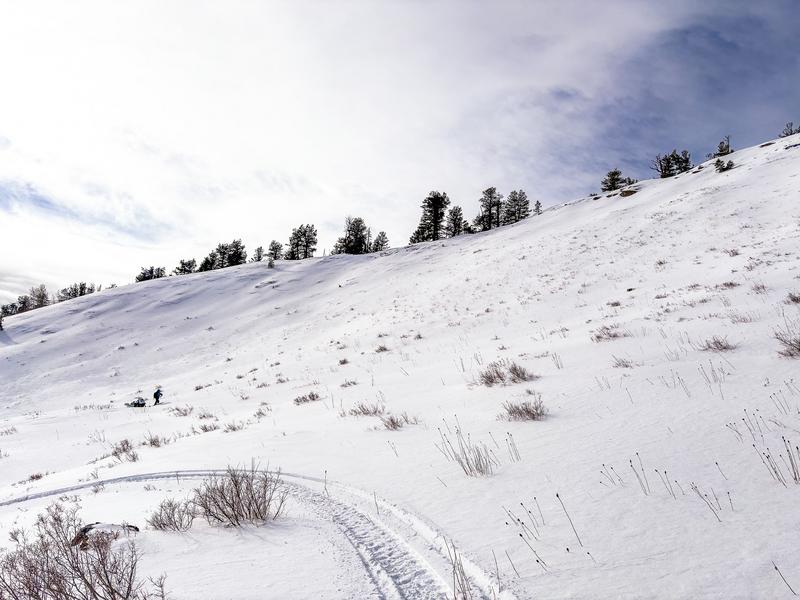
On Thursday, Trent and I broke out the Ski-doo's to look at snow strucutre in Snake Creek near Ant Knolls. View our observation here.
The last reported avalanches were on December 7th, with the last significant storm.

